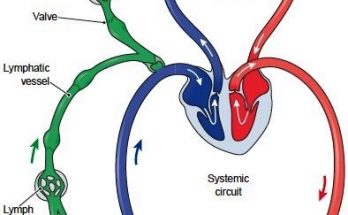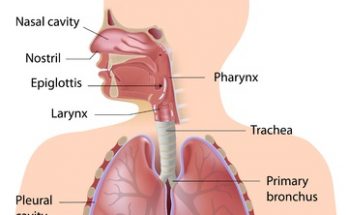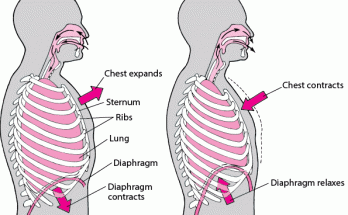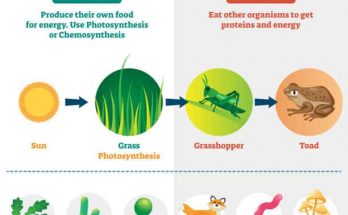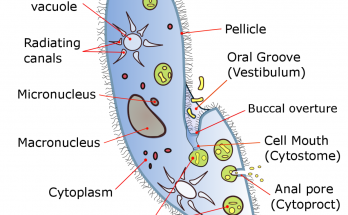
Nutrition in Paramecium – Class 10
Paramecium, a tiny unicellular animal, feeds on microorganisms through holozoic nutrition. It has cilia to engulf food through the oral groove. The five steps are ingestion, digestion, absorption, assimilation and egestion. Paramecium can regulate food intake and selectively choose its food. It is a model organism for the study of nutrition in unicellular organisms.
Nutrition in Paramecium – Class 10 Read More

